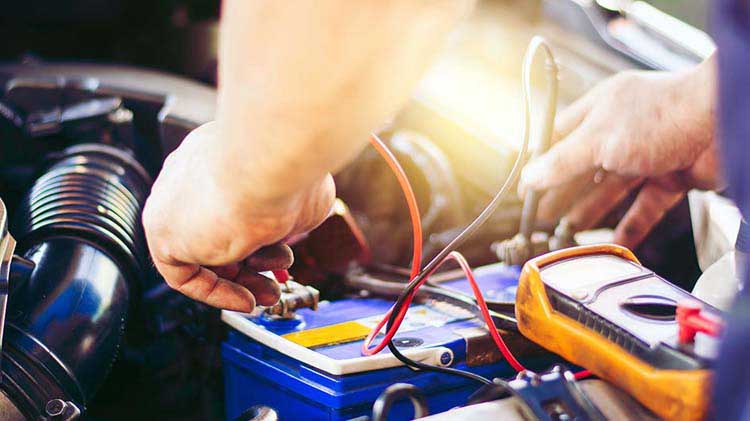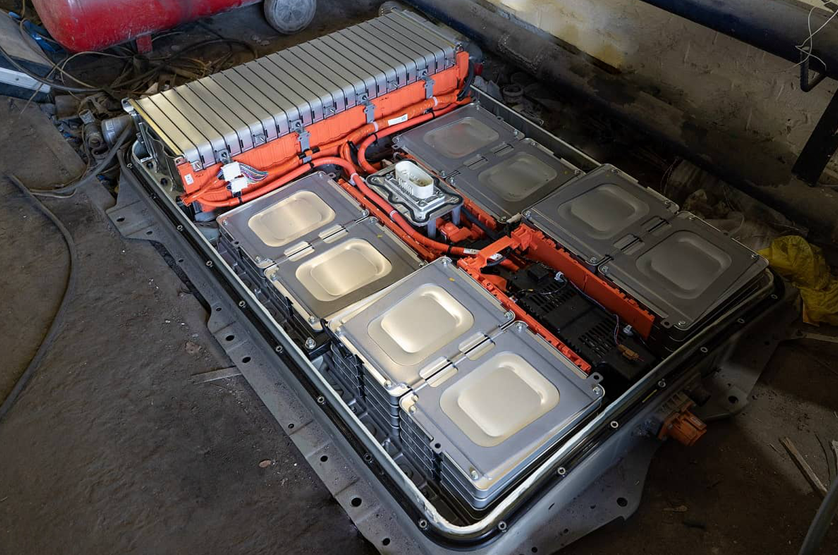LifePO4 배터리 차트: 용량, 전압 및 성능에 대한 종합 가이드
As energy storage technology continues to evolve, more and more people are turning to lithium iron phosphate (LifePO4) batteries for their energy needs. These batteries are known for their high energy density, long cycle life, and low self-discharge rate. With so many different options available on the market, it can be difficult to know which one is right for your needs. In this comprehensive guide, we will break down the different aspects of LifePO4 battery capacity, voltage, and performance.
Capacity
The capacity of a LifePO4 battery refers to the amount of energy it can store. This is typically measured in ampere-hours (Ah). The higher the capacity, the more energy the battery can store, and the longer it can power your device or system. When choosing a LifePO4 battery, it’s important to consider the capacity you will need based on your application. For example, if you are using a battery to power a solar panel system, you will need a higher capacity battery to store the energy collected during the day for use at night.
Voltage
The voltage of a LifePO4 battery refers to the electrical potential difference between the positive and negative terminals of the battery. This is typically measured in volts (V). The voltage of a battery can affect its performance and compatibility with different devices. Most LifePO4 batteries have a nominal voltage between 3.2V to 3.3V, which is lower than other lithium-ion batteries. This lower voltage can make LifePO4 batteries less compatible with devices that require higher voltages, so it’s important to ensure that the battery voltage is compatible with your device before purchasing.
Performance
The performance of a LifePO4 battery can be affected by several factors, including temperature, discharge rate, and cycle life. The temperature range for optimal battery performance is typically between 20°C to 30°C. Extreme temperatures can affect battery performance and may lead to reduced capacity or shortened cycle life.
Discharge rate refers to the rate at which the battery discharges its energy. This is typically measured in C-rates. A higher C-rate means the battery can discharge its energy at a faster rate. However, high discharge rates can also lead to lower capacity and reduced cycle life. It’s important to choose a battery with a discharge rate that is appropriate for your application.
Cycle life refers to the number of charge and discharge cycles a battery can undergo before it reaches the end of its usable life. LifePO4 batteries are known for their long cycle life, with some models capable of more than 2,000 cycles. However, the cycle life of a battery can be affected by factors such as temperature, discharge rate, and depth of discharge.

결론
Choosing the right LifePO4 battery for your needs requires careful consideration of capacity, voltage, and performance. Understanding these factors can help you choose a battery that will provide reliable and long-lasting power for your device or system. When selecting a battery, be sure to consider the specific requirements of your application, and choose a battery that is compatible with your device and offers the necessary capacity and performance. With the right LifePO4 battery, you can enjoy reliable and efficient energy storage for years to come.
-
 In today's fast-paced world, where technology plays a pivotal role in our daily lives, the demand for efficient and reliable power solutions has never been higher. Industrial power products batteries have emerged as a game-changer in meeting these power requirements, offering a wide range of applications across various industries. From powering heavy machinery to providing backup power during emergencies, these...더 읽어보세요
In today's fast-paced world, where technology plays a pivotal role in our daily lives, the demand for efficient and reliable power solutions has never been higher. Industrial power products batteries have emerged as a game-changer in meeting these power requirements, offering a wide range of applications across various industries. From powering heavy machinery to providing backup power during emergencies, these...더 읽어보세요 -
 As more and more businesses and homes rely on backup power systems for emergency situations or everyday use, the demand for reliable and long-lasting batteries is increasing. One type of battery that is gaining popularity for backup power systems is the Lifepo4 battery, known for its high energy density, long cycle life, and safety features. If you are looking...더 읽어보세요
As more and more businesses and homes rely on backup power systems for emergency situations or everyday use, the demand for reliable and long-lasting batteries is increasing. One type of battery that is gaining popularity for backup power systems is the Lifepo4 battery, known for its high energy density, long cycle life, and safety features. If you are looking...더 읽어보세요 -
 As technology continues to advance, people are constantly seeking ways to increase efficiency and reliability in various areas of life. One area that has experienced significant growth is the use of batteries. Batteries are a crucial component in our daily lives, whether used in smartphones, laptops, or even cars. The need for high-capacity batteries that are reliable and long-lasting has...더 읽어보세요
As technology continues to advance, people are constantly seeking ways to increase efficiency and reliability in various areas of life. One area that has experienced significant growth is the use of batteries. Batteries are a crucial component in our daily lives, whether used in smartphones, laptops, or even cars. The need for high-capacity batteries that are reliable and long-lasting has...더 읽어보세요 -
 보트 타기의 경우 물 위에서 원활하고 즐거운 경험을 하려면 안정적인 전원을 확보하는 것이 중요합니다. 보트 전기 시스템의 가장 중요한 구성 요소 중 하나는 다양한 선상 장치 및 시스템에 전원을 공급하는 해양 배터리입니다. 고품질 해양 배터리에 투자하는 것은 모든 보트 소유자에게 필수적입니다.더 읽어보세요
보트 타기의 경우 물 위에서 원활하고 즐거운 경험을 하려면 안정적인 전원을 확보하는 것이 중요합니다. 보트 전기 시스템의 가장 중요한 구성 요소 중 하나는 다양한 선상 장치 및 시스템에 전원을 공급하는 해양 배터리입니다. 고품질 해양 배터리에 투자하는 것은 모든 보트 소유자에게 필수적입니다.더 읽어보세요 -
 When it comes to boating, having a reliable and efficient power source is essential. A cranking battery is designed specifically for this purpose, providing the necessary power to start your boat\'s engine. In this article, we will explore the features and benefits of a cranking battery, as well as provide tips on how to choose the right one for your...더 읽어보세요
When it comes to boating, having a reliable and efficient power source is essential. A cranking battery is designed specifically for this purpose, providing the necessary power to start your boat\'s engine. In this article, we will explore the features and benefits of a cranking battery, as well as provide tips on how to choose the right one for your...더 읽어보세요 -
 오늘날의 세계에서 우리 모두는 삶의 동력을 기술에 의존하고 있습니다. 스마트폰이든, 노트북이든, 심지어 자동차이든 우리는 연결과 이동을 유지하기 위해 배터리에 의존합니다. 그러나 사용 가능한 배터리 유형이 너무 다양하기 때문에 어떤 배터리가 귀하의 요구에 가장 적합한지 아는 것이 어려울 수 있습니다. 그 중 하나의 옵션은 ...더 읽어보세요
오늘날의 세계에서 우리 모두는 삶의 동력을 기술에 의존하고 있습니다. 스마트폰이든, 노트북이든, 심지어 자동차이든 우리는 연결과 이동을 유지하기 위해 배터리에 의존합니다. 그러나 사용 가능한 배터리 유형이 너무 다양하기 때문에 어떤 배터리가 귀하의 요구에 가장 적합한지 아는 것이 어려울 수 있습니다. 그 중 하나의 옵션은 ...더 읽어보세요 -
 A portable car jump starter battery charger booster starter is an essential tool for any car owner. It is a device that can be used to jump-start a car battery that has died or is weak. It is a compact and portable device that can easily fit in the trunk of your car, making it easily accessible whenever you need...더 읽어보세요
A portable car jump starter battery charger booster starter is an essential tool for any car owner. It is a device that can be used to jump-start a car battery that has died or is weak. It is a compact and portable device that can easily fit in the trunk of your car, making it easily accessible whenever you need...더 읽어보세요

